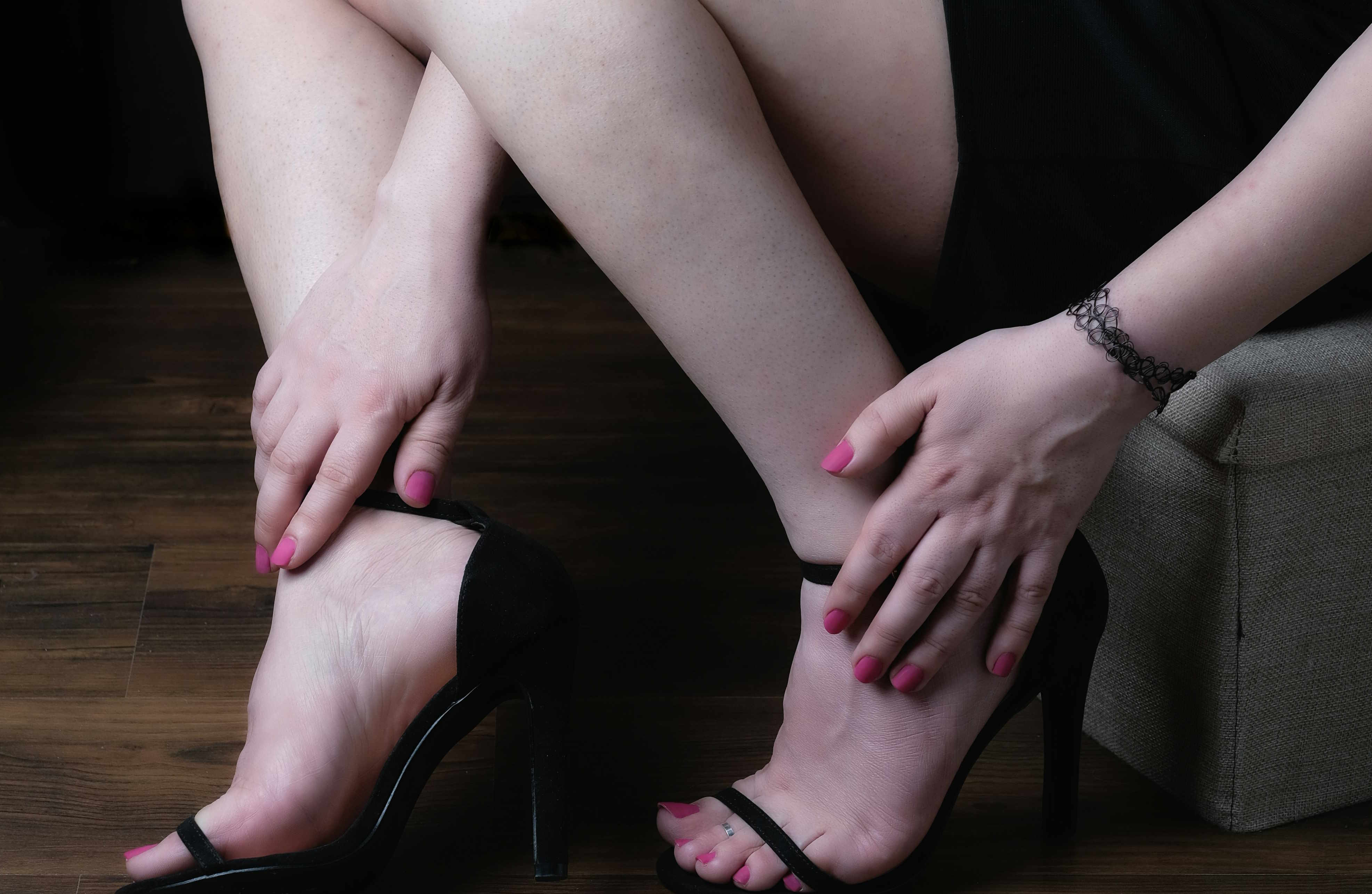Identifying skin irritants: a stepwise approach for sensitive wearers
Many people who wear wrist accessories experience redness, itching, or delayed irritation. This brief overview highlights practical steps to identify likely causes and adapt your choices — from materials and finishes to sizing and cleaning — so sensitive wearers can make informed decisions about everyday wear.

Sensitive skin reactions to wrist accessories can emerge slowly or suddenly, and pinpointing the cause requires a methodical approach. Start by observing symptoms, noting when they appear, and isolating variables such as a new piece of jewelry, recent trips, or changes in skin care. Keep a short log of what you wore, for how long, and any environmental conditions like humidity or swimming. This initial record sets the stage for controlled testing: wear a single suspect piece for a short period and compare reactions with a known hypoallergenic item. Over a few days, patterns will appear that help narrow down materials or practices to inspect further.
This article is for informational purposes only and should not be considered medical advice. Please consult a qualified healthcare professional for personalized guidance and treatment.
Materials and common allergens
Different metals and components cause different reactions. Nickel is a frequent culprit, but copper, brass, and certain alloys can also irritate. Natural materials such as leather can provoke contact dermatitis in people sensitive to tanning agents, while some synthetic bands contain rubber accelerators that trigger allergies. Check product descriptions or ask local services for material lists. If you suspect an allergy, a dermatologist or patch test can confirm common sensitizers and guide which materials to avoid when selecting or personalizing pieces.
Plating, finishes, and surface reactions
Plating and surface finishes affect how bare metal contacts the skin. Thin or worn plating can expose underlying alloys; matte or hammered finishes may retain moisture or soap residues more easily than polished surfaces. Reactions can occur when plating wears away with daily use, revealing irritant metals. Consider pieces with thicker plating, known coating methods, or solid metals labeled as hypoallergenic. Small, frequent inspections can reveal signs of plating wear and help decide when refinishing or replacing is needed.
Sizing, measurement, and adjustments
Proper sizing reduces skin stress and friction. A bracelet that’s too tight traps moisture and increases contact time with any irritant, while one that’s too loose may rub repeatedly and abrade the skin. Use accurate measurement techniques—measure wrist circumference where the bracelet will sit and allow appropriate movement for closures and adjustments. Personalized fittings or adjustable designs can minimize constant pressure points. Documenting measurement and how adjustments affect irritation helps identify whether fit or material is the primary issue.
Closures and contact points
Closures, links, and charms concentrate contact in small areas and are common sources of irritation. Lobster clasps, spring rings, and magnetic closures differ in materials and how they sit against skin. Small metal loops or poorly finished clasps can create localized rubbing or trap moisture, worsening reactions in humid conditions. Inspect closures for rough edges, consider alternatives like coated clasps, and test pieces that minimize metal-to-skin contact at vulnerable spots. Repair services in your area can replace or smooth problematic closures to reduce irritation.
Cleaning, durability, and repair
Residues from soaps, lotions, or sweat can build up on bracelets and change skin reactions. Regular cleaning tailored to the material extends durability and reduces allergenic buildup: gentle soap and water for many metals, specific leather cleaners for straps, and manufacturer guidance for plated items. Frequent cleaning also reveals when plating has eroded or when components need repair. Local repair services can replate, recoat, or replace parts; keeping a simple maintenance schedule prevents many contact issues and preserves personalization features applied to a piece.
Packaging, travel, and humidity effects
How jewelry is stored and transported influences skin reactions. Packaging that traps moisture can encourage corrosion or promote transfer of chemicals to the item. In travel situations, humidity and temperature swings accelerate plating wear or affect adhesives and leather finishes. Use breathable packaging and separate pieces to avoid friction during transit. When traveling, carry a small care kit for quick cleaning and simple adjustments. Note any change in skin response after travel; if reactions coincide with trips, environmental factors like humidity or local water chemistry may be contributing.
Conclusion A stepwise approach—observing symptoms, isolating variables, and testing one change at a time—helps identify the most likely skin irritants from bracelets and wrist accessories. Pay particular attention to materials, plating, finishes, closures, and fit, and maintain a consistent cleaning and repair routine. Combining careful measurement and personalization choices with sensible storage and travel practices reduces the chance of irritation while preserving durability and comfort.






